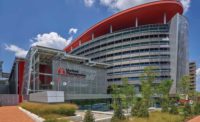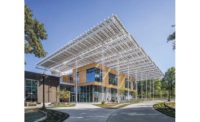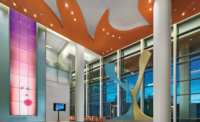Brock Environmental Center
Virginia Beach, Va.region Mid-Atlantic
Project Team
Owner Chesapeake Bay Foundation
Owner’s Representative Skanska USA
Architect/MEP Engineer SmithGroupJJR
General Contractor Hourigan Construction
Structural Engineer A+F Engineers
Civil Engineers WPL and Kimley-Horn & Associates
Landscape Architect WPL
Concrete Bayside Concrete
Mechanical Warwick Plumbing & Heating
Electrical IES Commercial








Post a comment to this article
Report Abusive Comment